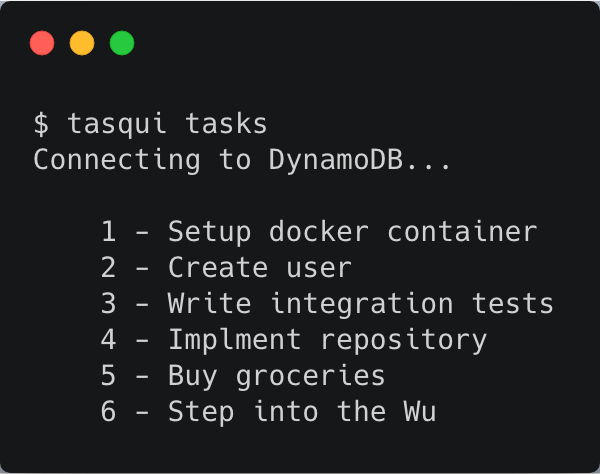
Sandro Mancuso
See author's bio and postsYears ago, before I caught the TDD bug, I used to love the template method pattern. I really thought that it was a great way to have an algorithm with polymorphic parts. The use of inheritance was something that I had no issues with. But yes, that was many years ago.
Over the years, I've been hurt by this "design style". That's the sort of design created by developers that do not TDD.
The situation
Very recently I was working on one part of our legacy code and found a six level deep hierarchy of classes. There were quite a few template methods defined in more than one of the classes. All classes were abstract with the exception of the bottom classes, that just implemented one or two of the template methods. There were just a single public method in the entire hierarchy, right at the very top.
We had to make a change in one of the classes at the bottom. One of the (protected) template method implementations had to be changed.
The problem
How do you test it? Goes without saying that there were zero tests for the hierarchy.
We know that we should never test private or protected methods. A class should "always" be tested from its public interface. We should always write tests that express and test "what" the method does and not "how". That's all well and good. However, in this case, the change needs to be done in a protected method (template method implementation) that is part of the implementation of a public method defined in a class six level up in the hierarchy. To test this method, invoking the public method of its grand grand grand grand parent we will need to understand the entire hierarchy, mock all dependencies, create the appropriate data, configure the mocks to have a well defined behaviour so that we can get this piece of code invoked and then tested.
Worse than that, imagine that this class at the bottom has siblings overriding the same template method. When the siblings need to be changed, the effort to write tests for them will be the same as it was for our original class. We will have loads of duplications and will also need to understand all the code inside all the classes in the hierarchy. The ice in the cake: There are hundreds of lines to be understood in all parent classes.
Breaking the rules
Testing via the public method defined at the very top of the hierarchy has proven not to be worth it. The main reason is that, besides painful, we already knew that the whole design was wrong. When we look at the classes in the hierarchy, they didn't even follow the IS-A rule of inheritance. They inherit from each other so some code could be re-used.
After some time I thought: Screw the rules and this design. I'm gonna just directly test the protected method and then start breaking the hierarchy.
The approach: Extract, Inject, Kill
The overall idea is:
- Extract all the behaviour from the template method into a class.
- Inject the new class into the parent class (where the template is defined), replacing the template method invocation with the invocation of the method in the new class.
- Kill the child class (the one that had the template method implementation).
Repeat these steps until you get rid of the entire hierarchy.
This was done writing the tests first, making the protected template method implementation public.
NOTES 1. This may not be so simple if we have methods calling up the stack in the hierarchy. 2. If the class has siblings, we have to extract all the behaviour from the siblings before we can inject into the parent and kill the siblings.
This probably is too complicate to visualise, so in part 2 of this post I'll be giving a more concrete example.
Related Blogs


- By André Guelfi Torres
- ·
- Posted 08 Apr 2019
Introduction to Test Doubles

- By Sandro Mancuso
- ·
- Posted 23 Oct 2017
A Case for Outside-In Development
Get content like this straight to your inbox!
Software is our passion.
We are software craftspeople. We build well-crafted software for our clients, we help developers to get better at their craft through training, coaching and mentoring, and we help companies get better at delivering software.
Latest Blogs
Software Modernisation and Employee Retention...
Becoming PCI Compliant
Codurance signs the Microsoft Partner...
Useful Links
Contact Us
London, EC1M 5PU
Phone: +44 207 4902967
2 Mount Street
Manchester, M2 5WQ
Phone: +44 161 302 6795
Carrer de Pallars 99, 4th floor, room 41
Barcelona, 08018
Phone: +34 937 82 28 82
Email: hello@codurance.com